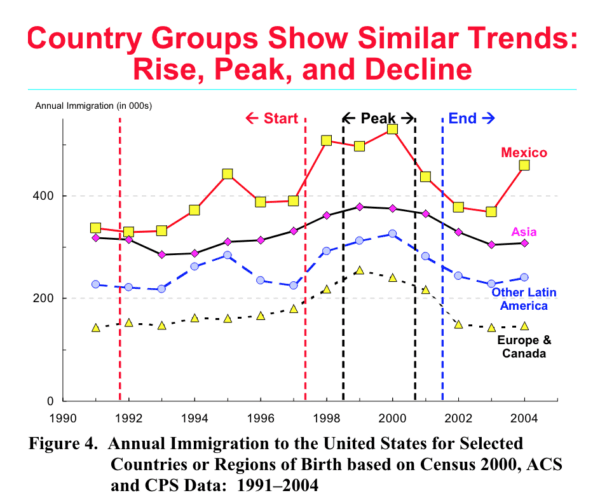Commentary
It works the other way, too. Mexico’s policies directly affect the United States, and especially California, with its large population of immigrants from Mexico, as well as other Latin American countries.
On June, 2, the people of Mexico elected Claudia Sheinbaum as president in its general election. Although news stories have concentrated on Ms. Sheinbaum being the first female and Jewish president of Mexico, what really matters is what her policies will be. For that, we’ll have to wait for not only her accession to power on Oct. 1, but the results of the U.S presidential election on Nov. 5. Then we’ll start seeing how the U.S. and California in particular are affected.
He reported: “Mexico will not quickly recover from López Obrador’s efforts to increase his grip on Pemex and the Comisión Federal de Electricidad (CFE), Mexico’s state-owned power utility, at the expense of the public, when private developers could have stabilized Mexico’s petroleum production and reduced reliance on dirty fuel oil for electric power generation. …
“In my view, however, the greatest tragedy for Mexico of the López Obrador regime will be the squandering of the once-in-a-generation opportunity to encourage new foreign investment from multinational companies that have decided to reduce their reliance on China and relocate to Mexico rather than to Vietnam, India, or the United States. …
“Despite the adverse climate, foreign investment in Mexico has continued. But much of it—originating from American and increasingly Chinese investors—resembles traditional maquiladora operations in the border states, focusing on low-tech production such as toys and furniture.”
Remembering the 1994 Peso Crisis
A previous spate of excessive government intervention, including a massive spending spree, led to the 1994 Peso Crisis, also called the Tequila Crisis.
“The Mexican government allowed the peso to float freely again two days later, but rather than stabilize, the peso took another sharp hit, depreciating nearly half of its value in the months that would follow.”
Despite the United States organizing a $50 billion bailout, “Mexico suffered through a severe recession and bouts of hyperinflation in the years following the crisis, as the country maintained excessive levels of poverty for the remainder of the nineties,” reported Investopedia.
After a lull in 1996-97, they soared again to a peak over 500,000 in 1998-2000. They started dropping only as the Dot-Com Recession hit the United States in 2001. Meanwhile, immigration from the rest of Latin America, Asia, and Europe was lower and didn’t fluctuate as much.

Immigration 2025
The biggest wild card is the American presidential election. The Epoch Times reported, “President Joe Biden announced on June 4 an executive order that would shut down asylum requests at the southern border once the average number of daily encounters exceeds 2,500. … [It] marks the latest of several recent moves by the administration to curb an immigration crisis that’s seen as a key issue by many voters heading into November.”
Whatever President Biden’s new policy brings, former President Donald Trump’s policy of completely closing the border and deporting illegal immigrants would be much stricter.
Thus, 39 percent of illegal immigrants in this country in 2021 were from Mexico, and 61 percent were from other countries.
If former President Trump assumes office and ends illegal immigration, that means not just Mexican illegal immigrants would stay home or be sent back home, but the same would happen to those from other countries. An unknown number of those might be staying in Mexico, forcing Ms. Scheinbaum to deal with the problem.
Costs to California
In January, The Epoch Times headlined, “Free Health Care for Illegal Immigrants Could Cost California Billions Per Year: The newly enacted state law could cost taxpayers between $3 billion and $6 billion per year, according to recent estimates by state and federal lawmakers.”
If Ms. Scheinbaum’s policies send more illegal immigrants to California, then those costs will increase. However, if former President Trump is elected and keeps his promises to halt illegal immigration, and even deport the illegal immigrants here, then those costs likely would drop.
As in Mexico, in the United States elections have consequences.
Views expressed in this article are opinions of the author and do not necessarily reflect the views of The Epoch Times.
Source link







































Add comment